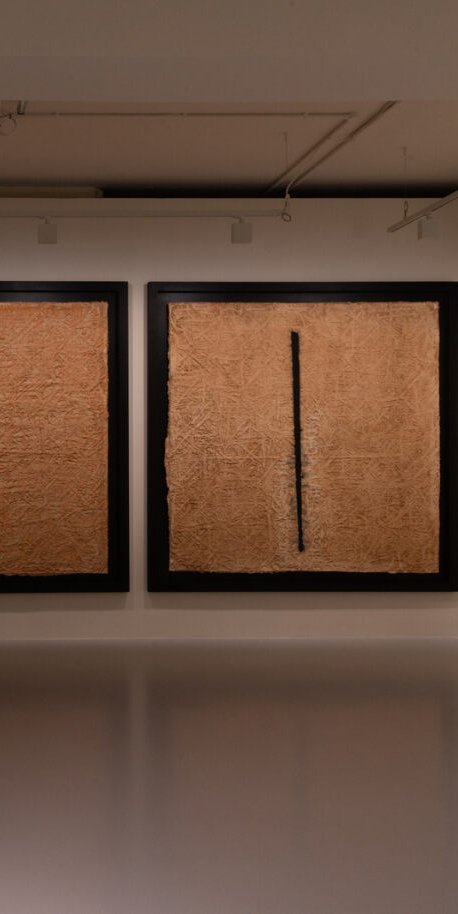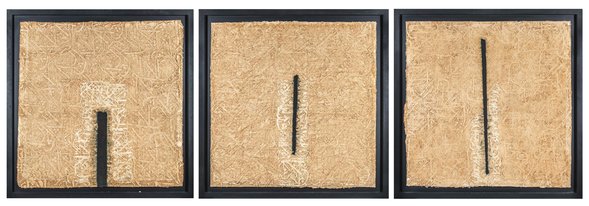Renowned Qatari artist Yousef Ahmad was born in 1955 in Al Jasarah, a key district in Doha's urban history and culture. He was influenced by his upbringing there, particularly following the immense transformation of the area with post-independent urbanisation from the early 1970s onward. Thus, tradition and memory are recurring themes in Yousef Ahmad’s work, as he witnessed the transition to modernity.
The artist notably re-imagined traditional craftsmanship techniques in the Gulf that utilise sustainable materials from the natural environment. His work conveys the closeness to his roots, within the wider experimentations on the abstract abilities of the Arabic script.
The second-generation of Qatari artists, including Yousef Ahmad, pursued formal education in art abroad, with Egypt being a common destination. In 1972, he joined Helwan University in Cairo to earn a degree in Art Education. While studying there, he was mentored by distinguished faculty members and artists, most notably, Gazbia Sirry.
Upon completing his bachelor’s degree in 1976, he played a vital role in advancing the cultural scene in Qatar through institutional appointments and independent efforts. His early career accomplishments included documenting local art practices by authoring the first publication on Contemporary Art in Qatar in 1986. This was achieved through his association with the Arab League of Educational, Cultural and Scientific Organisation (ALESCO).
From 1979 to 1982, he was based in the United States to undertake a Master of Fine Arts degree from Mills College in California. This period exposed him further to the methodologies and scales in which abstraction can take form.


